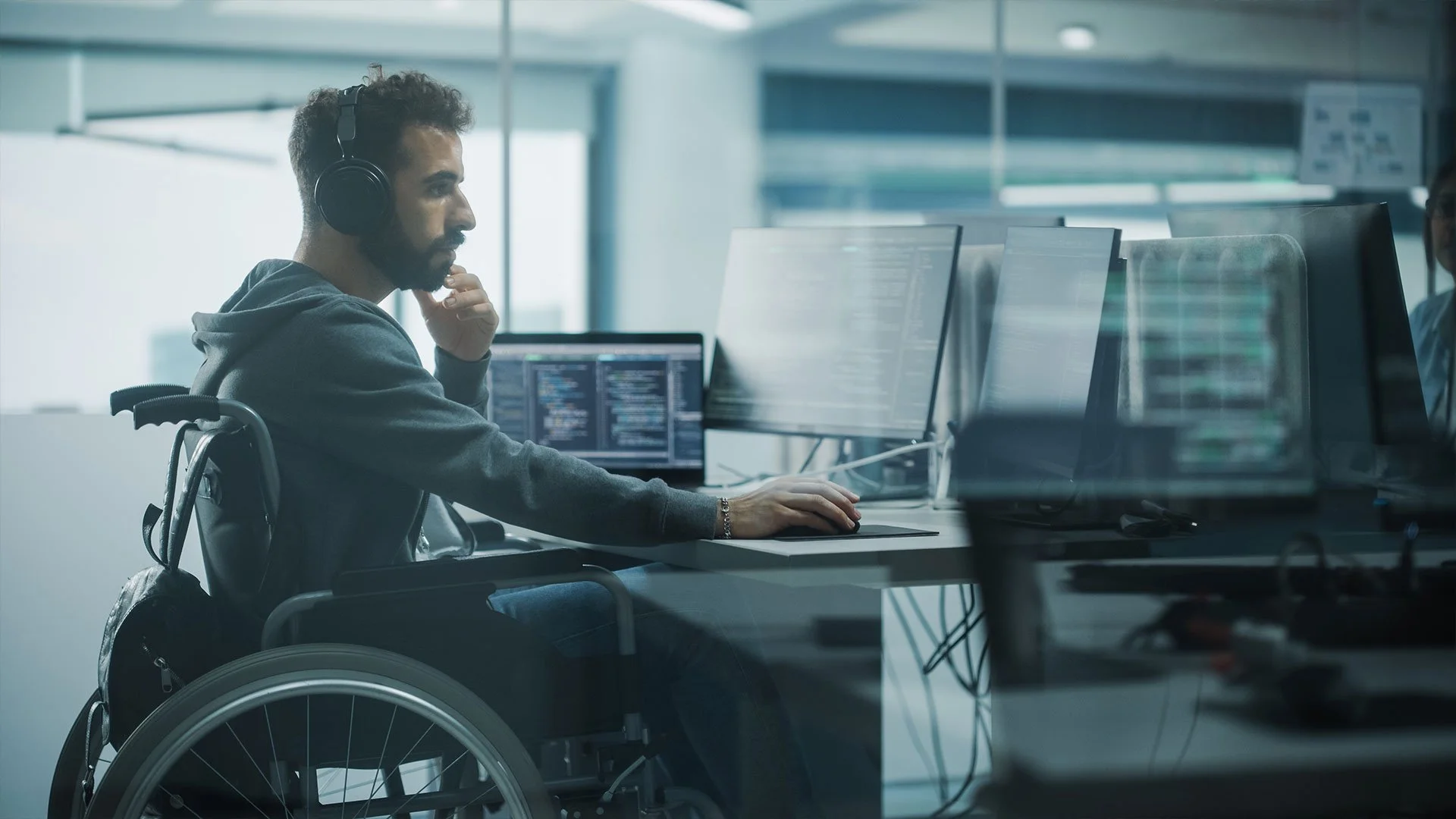Navigating Life with a Spinal Cord Injury: An Essential Guide for New Wheelchair Users
Each year, approximately 18,000 individuals face a life-altering spinal cord injury (SCI), according to the National Spinal Cord Injury Statistical Center. For these new wheelchair users, the overwhelming question "Now what?" looms large. This blog serves as a compassionate and informative first-stop resource, offering actionable guidance and support for those navigating the complex journey of adjusting to life with an SCI.
Based on wheelchair users' experiences, we offer insights into the essential mindset shift required during this transitional period. Our objective is not only to help newcomers but also to connect with the approximately 15 million people worldwide living with SCIs, many of whom vividly remember their early days post-injury. Through shared experiences and expert advice, our aim is to shed light on the way forward and cultivate a supportive community for those confronting this life-changing challenge.
Mental Health: The Overlooked Priority
“What are the immediate needs of a new wheelchair user that the medical world is not aligned with?”
“Personally, I feel like mental health is not addressed enough before going home. Nothing is going to go the same as when in the hospital. No matter how much you practice, it’s so much harder once you’re home. plans go out the window, learning plan b’s and how to adapt is huge.”
This sentiment mirrors the experiences of many in our community. Physical rehabilitation often takes precedence in hospitals, while the mental impact of such a life-altering change is frequently overlooked. Those who are newly injured face significant emotional hurdles, akin to an illness that must be understood before it can be effectively treated. Recognizing the mental health needs of new wheelchair users is paramount. Offering the proper support and guidance is crucial in aiding their adjustment and enabling them to embrace life with independence. We can ensure a comprehensive approach to rehabilitation and recovery by addressing physical and mental health.
Breaking Isolation: The Key to Transition
“What would benefit a new wheelchair user to make that transition as "simple" as possible?”
“A big aspect to not going absolutely bonkers in the beginning is getting out of the house. A lot of people don’t have a plan to make that happen. Figuring out transportation, help with transfers, etc, so that people can leave the house. I always attribute my ability to live independently on the exercise and movement I did on my own and with Bloc Life (AAIM Program). The stronger you get, the easier everything else gets.”
Physical exercise isn't just about building strength but cultivating confidence. This confidence permeates all aspects of life, helping new wheelchair users overcome their myriad challenges. Regular physical activity and community engagement prevent isolation and foster independence. Getting out of the house is vital for mental well-being. Figuring out transportation and assistance with transfers can make a significant difference. Programs like Bloc Life’s AAIM are essential in this journey.
The Power of Community
“What does someone who is currently a wheelchair user wish they would have known early on that they now know?”
“I wish I had gotten involved in the community earlier. I was really isolated and felt like I was learning everything on my own. Once I started getting involved, I was able to connect with so many more people and feel seen.”
Isolation can lead to unhealthy habits and frustration. Engaging with the wheelchair-user community provides invaluable support, resources, and a sense of belonging. A simple online search can connect new users to local organizations and networks, opening doors to shared experiences and practical advice. Programs like Bloc Life's AAIM are an excellent way to meet people bravely facing their new normal in a class setting.
You’re Not Alone, Even If It Feels Like It
Adapting to life as a wheelchair user involves more than just physical adjustments. Prioritizing mental health, engaging in physical activity, and connecting with the community are crucial steps in this journey. Programs like our AAIM offer physical training and provide a supportive network, helping individuals navigate their new lives with confidence and resilience. By embracing these resources, new wheelchair users can build the strength and support needed to thrive.
Ready to take action?
Bloc Life is committed to empowering all individuals to achieve their health and wellness goals through education and support. Join our adaptive and inclusive community to unlock your full potential.



